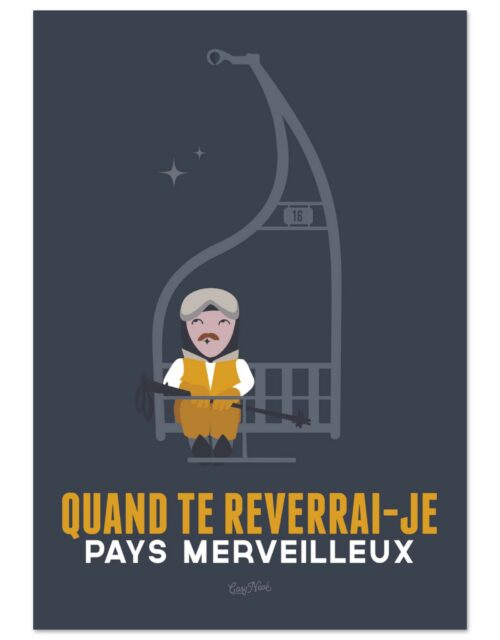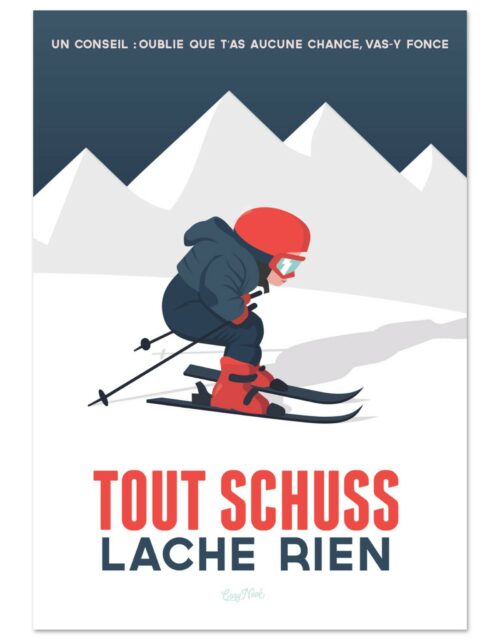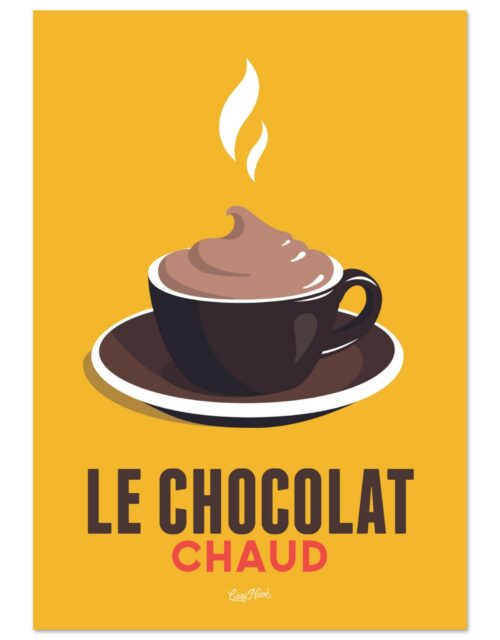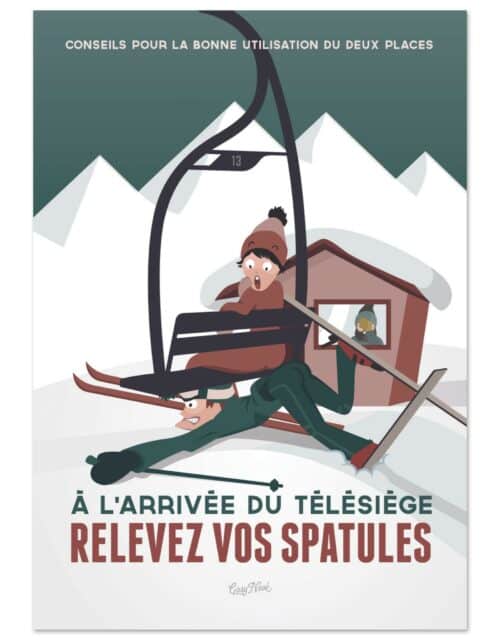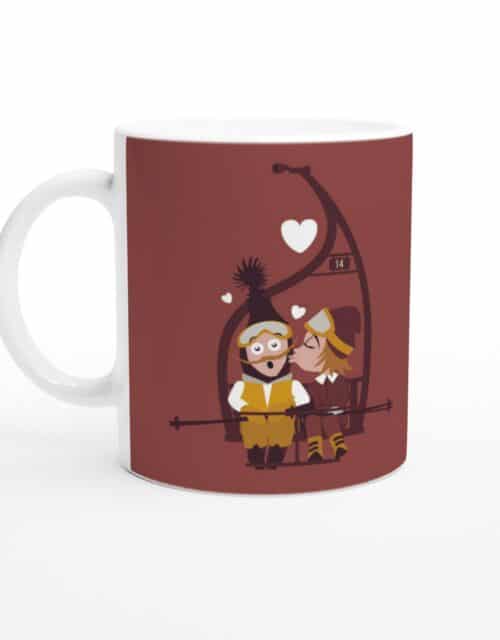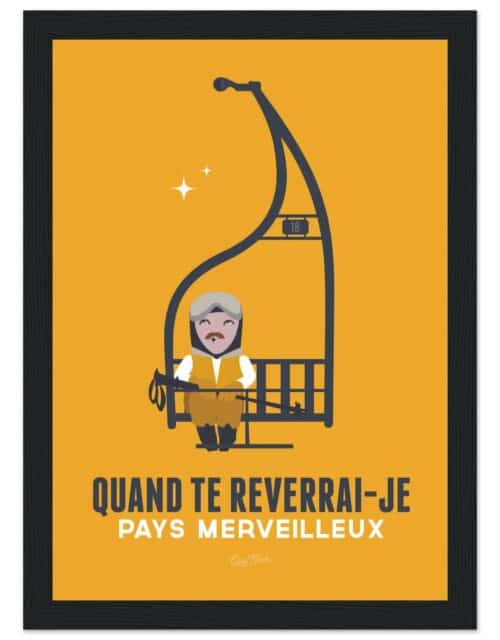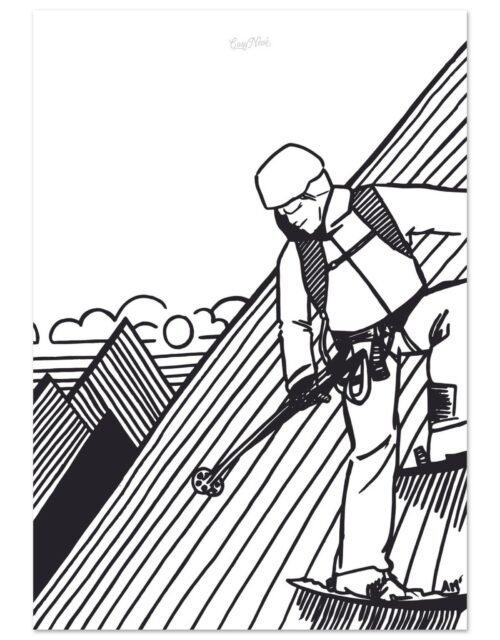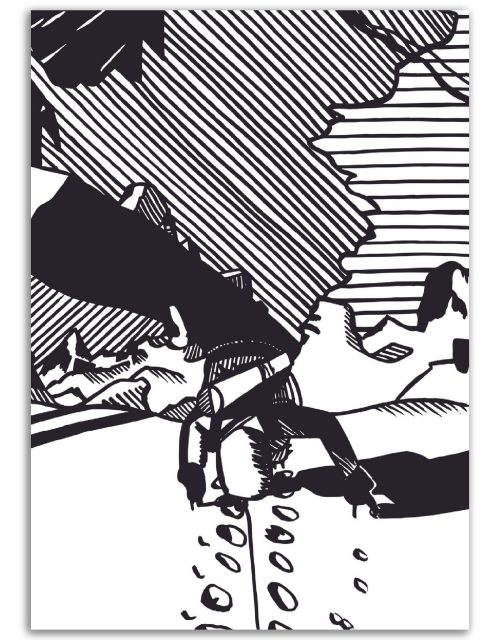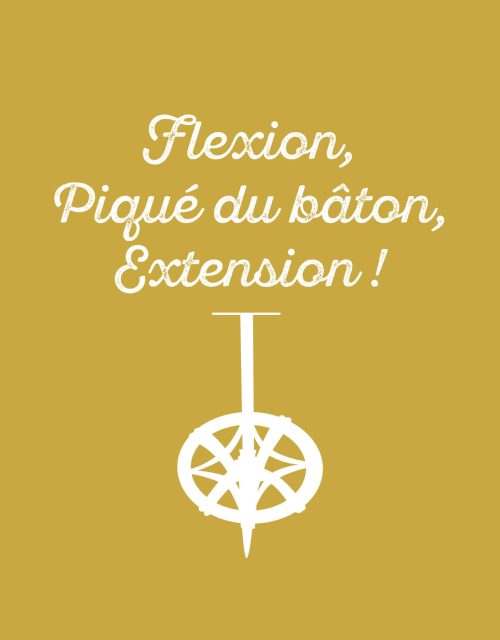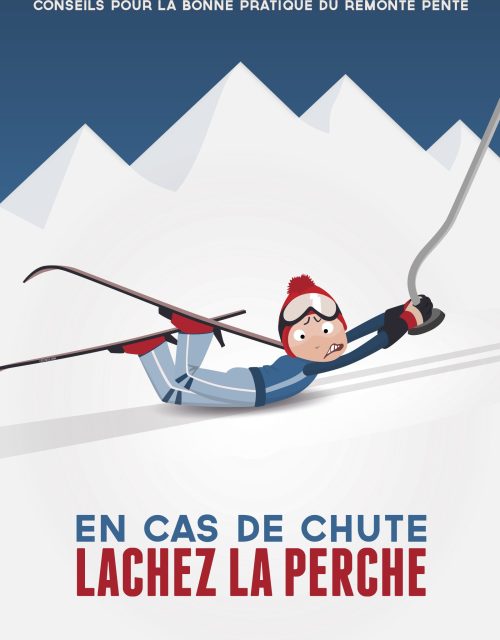Pop culture has a profound influence on our society, and this is also reflected in the realm of Alpine ski posters. From films to songs to fashion trends, elements of pop culture have significantly shaped the aesthetics and message of these posters.
One of the earliest examples of pop culture influence can be found in the ski posters of the 1960s and 1970s. This period witnessed an explosion of skiing as a popular pastime, partly due to its association with Hollywood glamour. Films like “James Bond 007 against Dr. No” and “The Spy Who Loved Me” featured memorable ski scenes that contributed to the image of skiing as an exciting and elegant sport. Ski posters from this era often reflected this glamorous image, with elegantly dressed skiers on pristine slopes.
The ’80s and ’90s brought a new influence of pop culture with the rise of snowboarding culture. Films and videos showcasing snowboarding popularized a bolder and more rebellious image of winter sports, which was reflected in the ski posters of the time. Designs became more daring and dynamic, featuring vibrant colors and images of skiers and snowboarders in action.
Fashion has also played a significant role in the influence of pop culture on ski posters. Fashion trends, whether it be the fitted ski suits of the ’60s, the fluorescent outfits of the ’80s, or the casual and functional skiwear of today, are often reflected in ski posters. This allows the posters to remain current and appealing while highlighting the close connection between skiing and fashion.
Music is another element of pop culture that has influenced ski posters. Popular bands and singers are often used in promoting ski resorts, with posters announcing concerts or music festivals in the mountains. These posters combine the appeal of skiing with the popularity of music, attracting a broader audience and adding an entertainment dimension to the skiing experience.
Finally, the influence of pop culture can also be seen in how ski posters address broader social issues. For example, with the increasing environmental awareness in society, many ski posters incorporate messages about sustainability and environmental stewardship. Similarly, with changes in social attitudes, today’s ski posters are more likely to represent diversity and inclusion, reflecting the values of our time.
In conclusion, the influence of pop culture on Alpine ski posters is both varied and profound. It allows the posters to remain relevant and appealing while reflecting changes in our society and popular culture. Whether it’s films, fashion, music, or social issues, pop culture continues to shape the image and message of these posters significantly.
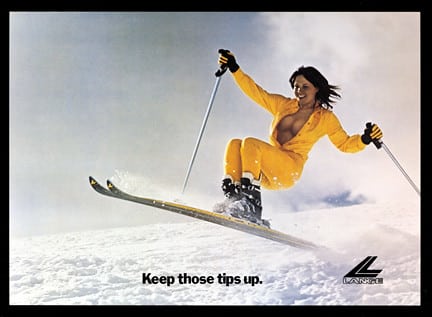
The influence of popular culture is not just a matter of style or aesthetics. It also shapes how we perceive skiing itself. Ski posters are not only marketing tools; they are windows into our culture, reflecting our passions, concerns, and ideals. They show how skiing is more than just a sport or recreational activity—it is an integral part of our culture and identity.
Moreover, these posters are also valuable indicators of cultural trends. Changes in poster design, the themes addressed, the colors and styles used can give us insights into the evolution of popular culture. They reflect shifts in our society, from new technologies to new attitudes towards the environment and gender equality.
Ultimately, the influence of pop culture on Alpine ski posters is a testament to how sports, art, and culture are inextricably linked. It demonstrates the design’s ability to capture the spirit of an era, evoke emotion, and inspire people to connect with the world of skiing. And with the ongoing evolution of popular culture, it will be fascinating to see how ski posters continue to evolve and reflect these changes in the future.


